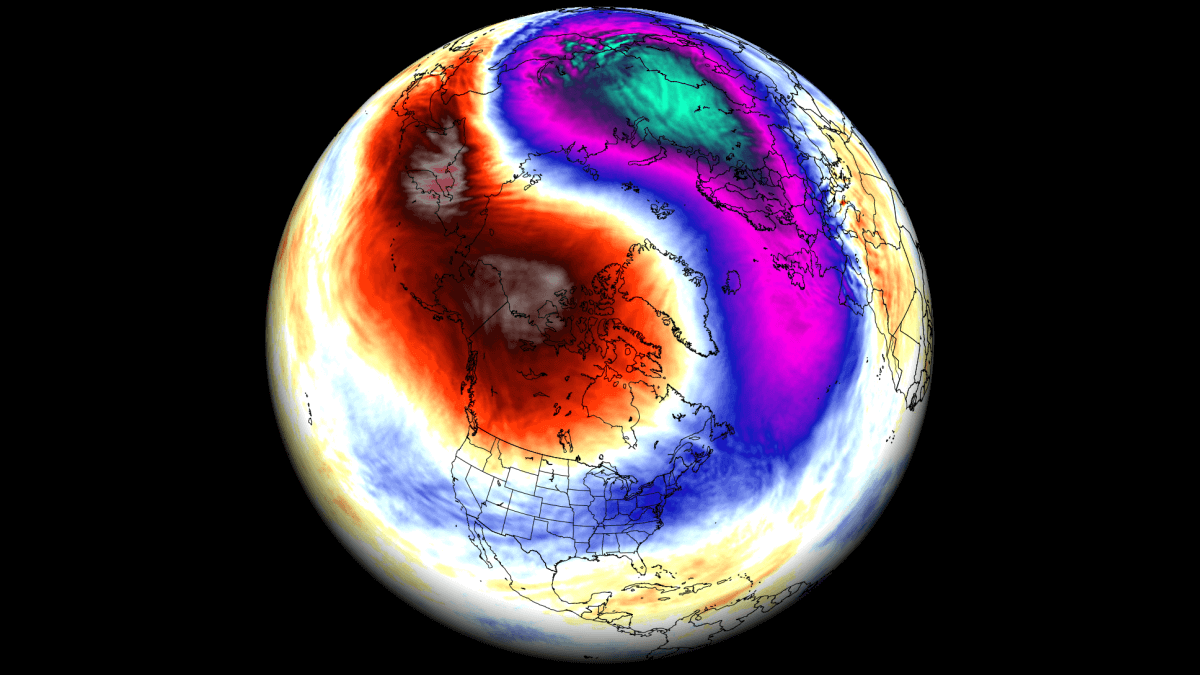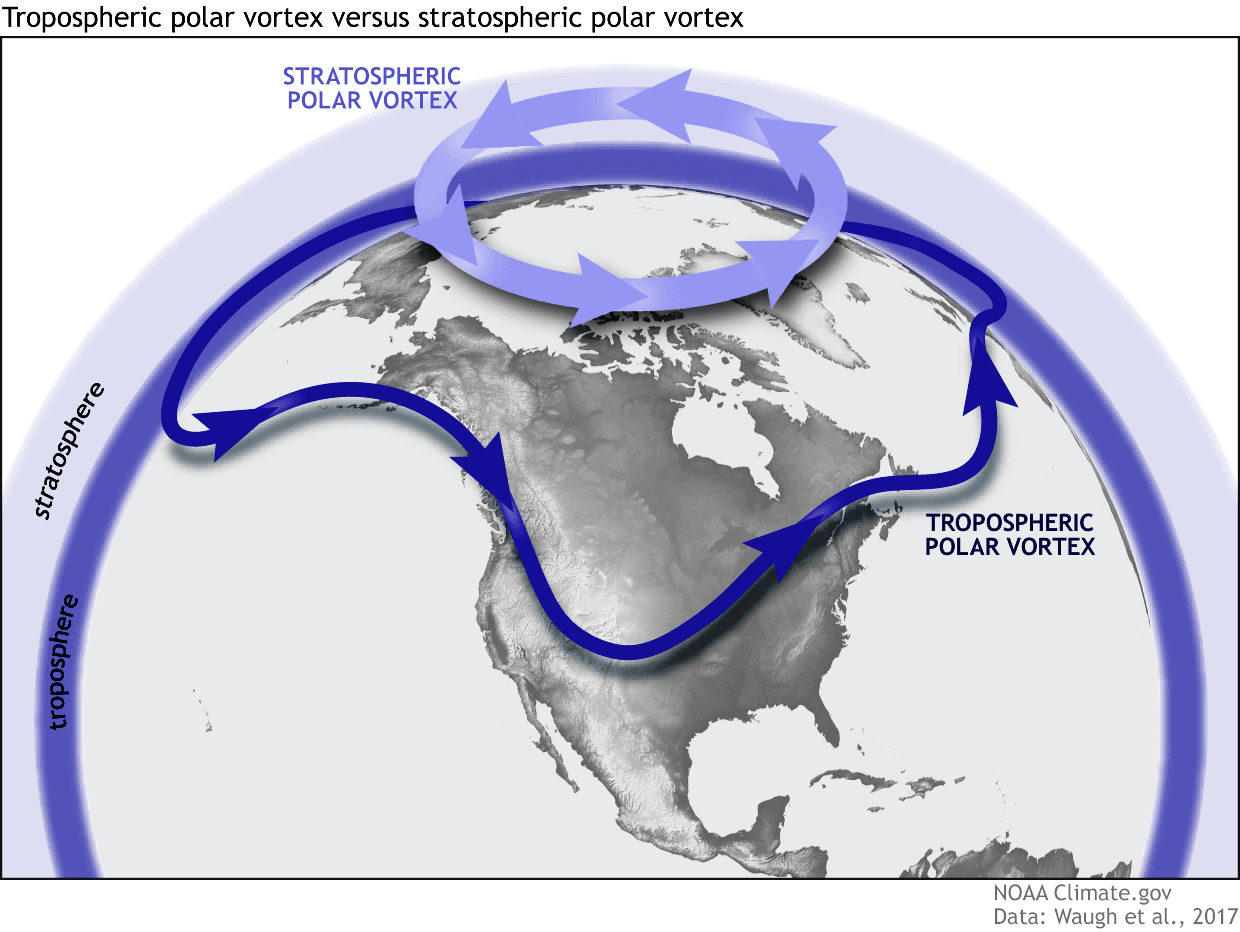Weather Knowledge- 64
Weather Knowledge- 63
By Vagarian Gokul
How does the Stratocumulus cloud cover over the subtropical Indian Ocean actively take part in the Asian Monsoon circulation ? Here I explain some of the dynamical mechanisms and aspects involved :
-----------------------------------------------------------------------------
The subtropical Indian Ocean, during this time of the year is usually covered by large areas of marine boundary layer clouds (Stratocumulus and Stratus). These clouds reflect a large amount of solar radiation (short wave) back to space, thus playing an important role in the Earth's radiation budget. On the other hand, the tops of these clouds emit equally large amounts of long wave radiation to the space, usually resulting in strong cloud top radiative cooling. This results in modifications to the diabatic heating profile of the atmosphere that enhances the subtropical high pressure systems. As a consequence to these modified heating profiles, anomalous Potential Vorticity (PV) sources are generated in the vicinity of the cloud layer which enhances the stability of the air column and leading to an enhancement of the Subtropical High. We, in our recently published work in the Journal of Climate Dynamics, have brought out the associations of such clouds with the Indian/Asian Monsoon circulation on sub-seasonal time scales. There we show the dynamical associations of high and low frequency modes of intraseasonal variability between the subtropics and the Monsoon region explaining the role of cloud radiative feedback in modifying the large scale circulation. I would like to bring out one such ongoing event where currently there are widespread stratocumulus clouds off-shore the Australian west coast associated with an eastward propagating High and an evolving westward propagating Tropical moist Rossby waves in the Asian monsoon region. In such situations, the cloud radiative effects feedback to the large scale circulation that has significant consequences such as enhancing the cross equatorial moisture transport and many other processes. To get a detailed understanding of the nature of such clouds systems and to know the dynamics involved.
WEATHER KNOWLEDGE - 62
SPRITE PICS
Weather Knowledge 61
Flying into the Eye of Hurricane
Last night, we flew into the eye of Hurricane Erin—and captured the breathtaking stadium effect. These missions provide data to the National Hurricane Center, helping keep communities safe before the storm makes landfall. #WeatherReady





.jpg)
